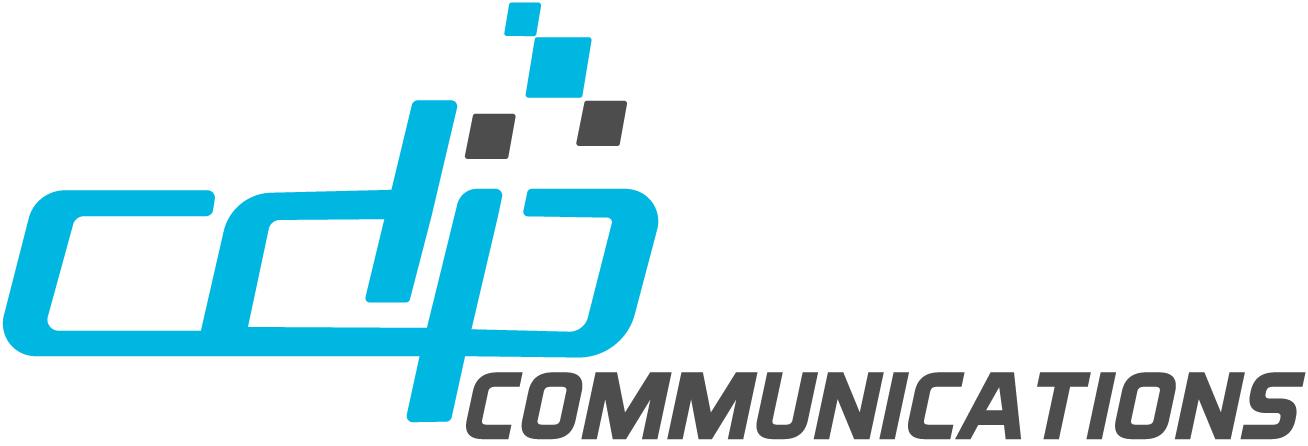Often, the terms Digital Accessibility and Document Accessibility come into focus because of ever-expanding laws and the need for businesses to get into compliance. However, many organizations still struggle with numerous misconceptions. This can often hinder the adoption of best practices that promote inclusivity and create key drivers toward business success.
So together, let’s dive in and address some common misconceptions and effectively set the record straight.
Misconception 1: “Accessibility is for People with Disabilities Only”
Fundamentally, digital accessibility ensures that digital resources such as websites and digital documents can be accessed, and can be used, creating benefit from digital resources, regardless of anyone’s physical or cognitive abilities. While people with disabilities represent a large swath of the global population (various estimates at between 15% and 25% or more worldwide), accessibility has further implications.
Let’s consider for a moment any elderly users who might have vision impairments and/or a reduction in motor skills but wouldn’t necessarily or readily classify themselves as having a disability. Let’s also consider temporary injuries, like a broken arm, which might hinder someone’s ability to effectively navigate digital platforms. By adopting digital accessibility best practices, organizations better cater to a broader, more diverse audience.
Misconception 2: “Accessibility is a ‘Nice-to-Have’… Not a Necessity”
In the last few years, the growing number of lawsuits related to the Americans with Disabilities Act (ADA) concerning digital accessibility has risen sharply. Over and above the obvious legal imperatives, there is, of course, a compelling business case. An inaccessible digital platform, and untagged (or improperly tagged) digital documents, can turn away potential customers, resulting in lost revenue. Consider your current customers as well… The success of every business and its client retention relies heavily on delighting your customers, full stop. To attract and retain any customer base, serving them equally no matter who they are is paramount.
In addition, many search engines have a preference for accessible websites. As such, using digital and document accessibility best practices will enhance search engine optimization (SEO), and drive more traffic to your digital assets.
Misconception 3: “Accessibility Initiatives are Too Expensive”
There is of course, an initial investment that is needed to make digital platforms accessible. However, it is important to remember that the long-term ROI can be very significant. Enhanced user experiences leads to an exciting uptick in conversion rates, a solidification of customer loyalty, and positive brand sentiment. And, in doing so, organizations can save huge amounts in legal fees and associated costs by avoiding potential lawsuits.
Misconception 4: “Our Organization’s Current Platform is Old… We Can’t Adapt it to Make it Accessible”
This isn’t the truth. While it is always easier to build accessibility from the start, most older platforms can still be adapted to meet accessibility requirements. Most often, incremental small changes will make a significant difference.
Misconception 5: “Digital Accessibility Will Compromise the Look and Feel of My Platform and Digital Assets”
A pervasive myth is that accessible websites look boring and unsophisticated. Nothing could be further from the truth. Using modern design principles, it’s entirely possible to create a digital platform that’s accessible and visually pleasing. In truth, simplifying design aspects to enhance accessibility leads to much cleaner interfaces and more user-friendly experiences.
Misconception 6: “Once It is Made Accessible, It Will Always be Accessible”
Digital accessibility isn’t a one-and-done undertaking. As the evolution of technology continues, and as digital platforms undergo continual updates and changes, ongoing reviews are crucial to ensure ongoing compliance and an optimal user experience. Regular audits are crucial. Training can bolster ongoing efforts.
Misconception 7: “Automated Tools are Enough for Testing Digital and Document Accessibility”
Sure, automated tools can bring to the surface some valuable insights. While they can catch numerous issues, they cannot replace human judgment. Hands-on testing methodologies, including those involving users with disabilities, can provide invaluable insights that no automated tool can replicate or reproduce.
Misconception 8: “Accessibility is Only About Websites”
Today’s digital landscape is incredibly interconnected. So, considering accessibility only in terms of websites is perilous. PDFs, electronic documents, mobile apps, and other digital assets must also be accessible. The integration of tech into every conceivable facet of our everyday lives means that along with it, digital and document accessibility’s importance grows as well.
Misconception 9: “My Developers Can Do Accessibility”
While many developers have a rudimentary understanding of accessibility, deeper knowledge and hands-on experience can often be required to address the intricacies required in creating, addressing and maintaining accessible platforms and content. Making a strategic investment in specialized training and/or hiring digital and document accessibility experts can create a huge benefit for organizations that are serious about making sure that their platforms and content are truly accessible.
Misconception 10: “Only Big Corporations Have to Worry About Accessibility… We’re Just a Small Company”
Digital accessibility is a crucial imperative for organizations of all sizes. Any business of any size can face legal actions, and the damage to a company’s brand or reputation, and the ability to recover from it, can be more harmful to a smaller business. That said, creating and ensuring digital and document accessibility can give smaller companies a serious competitive advantage by helping them to stand out in an increasingly crowded space.
Misconception 11: “We’ve Been Pretty Successful Without Addressing Digital Accessibility and Document Accessibility”
We live a modern life in modern times. This means that making accessibility a primary focus to any organization’s modernization initiatives is key to its success today and in the future. By shedding light on these misconceptions, organizations of every size can better position themselves and reap the rewards that digital accessibility offers. It is important to remember… An accessible digital world isn’t just about compliance with laws… it is really about connection. It is about inclusivity. It is about success and business expansion. It’s about all of us… The benefits are immense.
Misconception 12: “Our Customers Don’t Have Disabilities” / “Customers Can Just Reach Out to Us if They Need An Accessible Version”
While it should go without saying… Believing that you don’t have clients, customers, or constituents with disabilities is a miscalculation that an organization makes at their peril. Knowing that most disabilities are invisible, and knowing that there is so much that you might not know about your customers (and potential customers) illustrates the need for action. Doing nothing opens the door to undesirable outcomes and stunts growth in markets you’ve not yet tapped. Keeping your digital doors open to everyone makes good business sense. Furthermore, making a client wait days, weeks or months for accessible copies while everyone else gets instant gratification leaves an unignorable portion of your customer base poorly serviced and ‘out in the cold’, so to speak.
Are you curious to see what the current state of your digital documents and websites are? Need help getting into compliance? Want to ensure a user experience that delights your audience, secures new customers and retains current ones? Contact us today!




